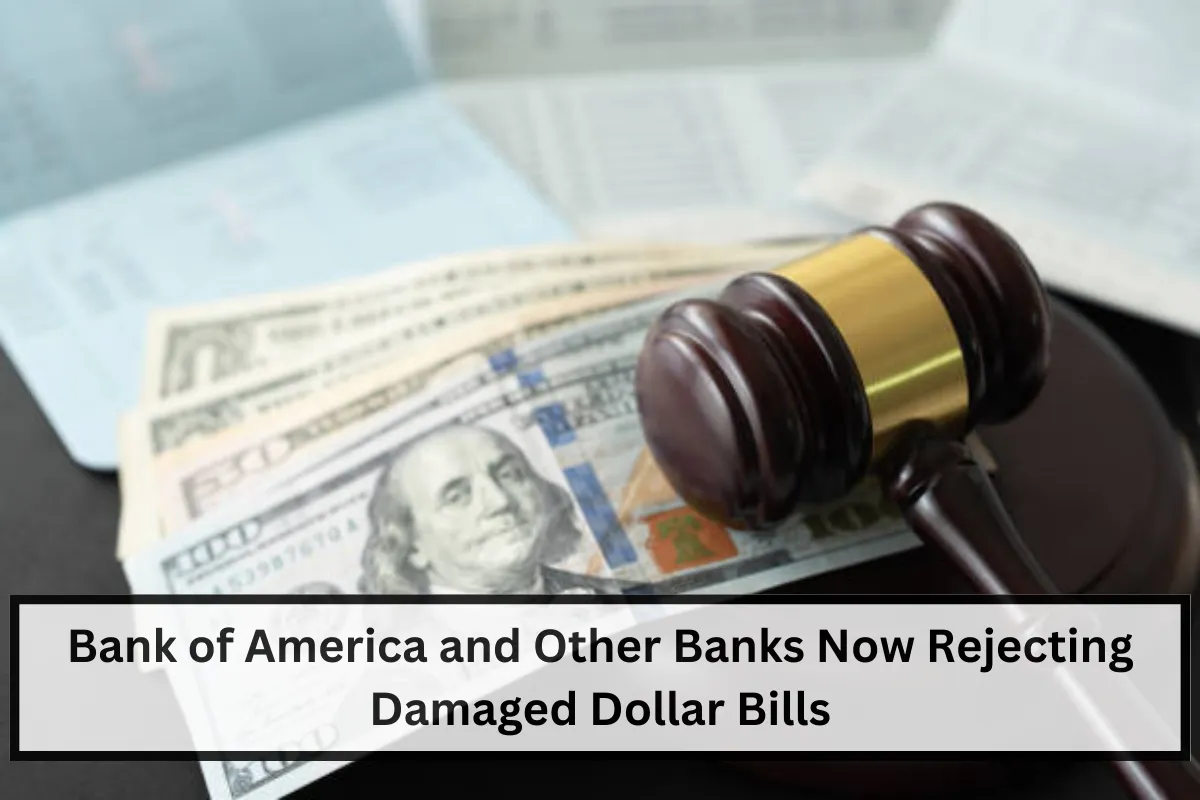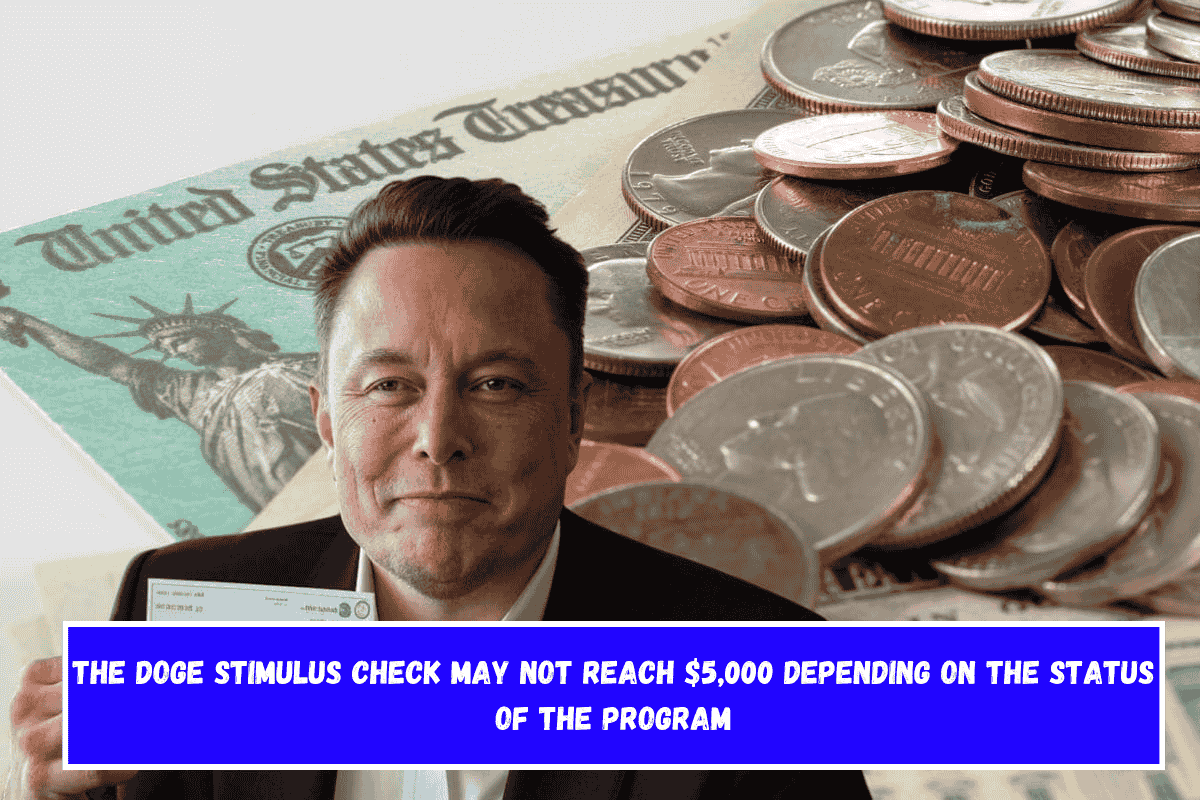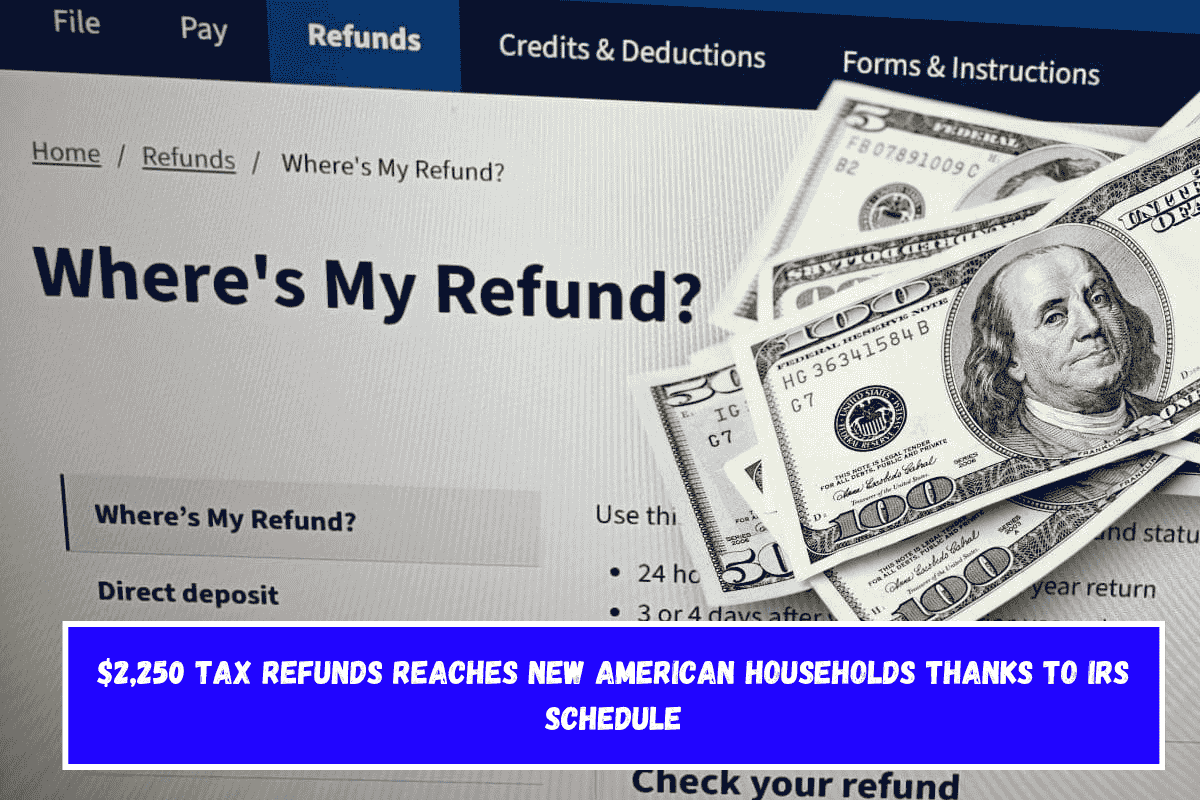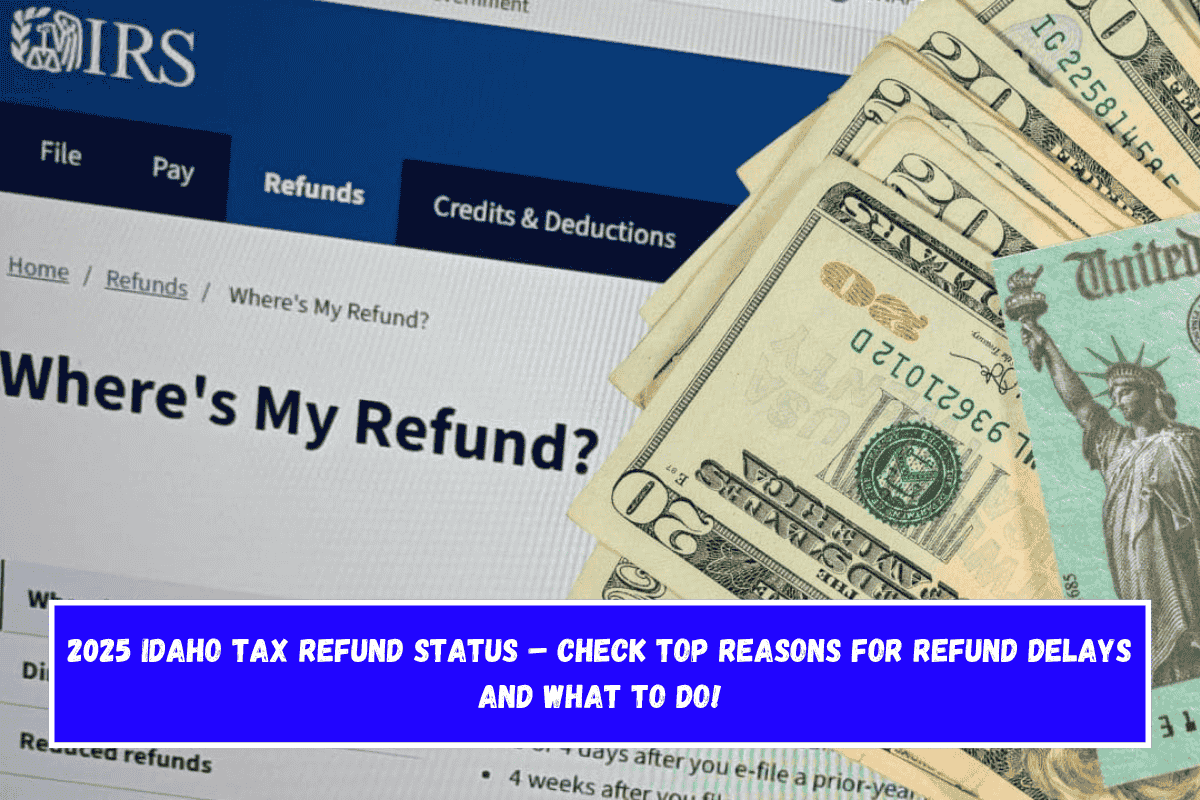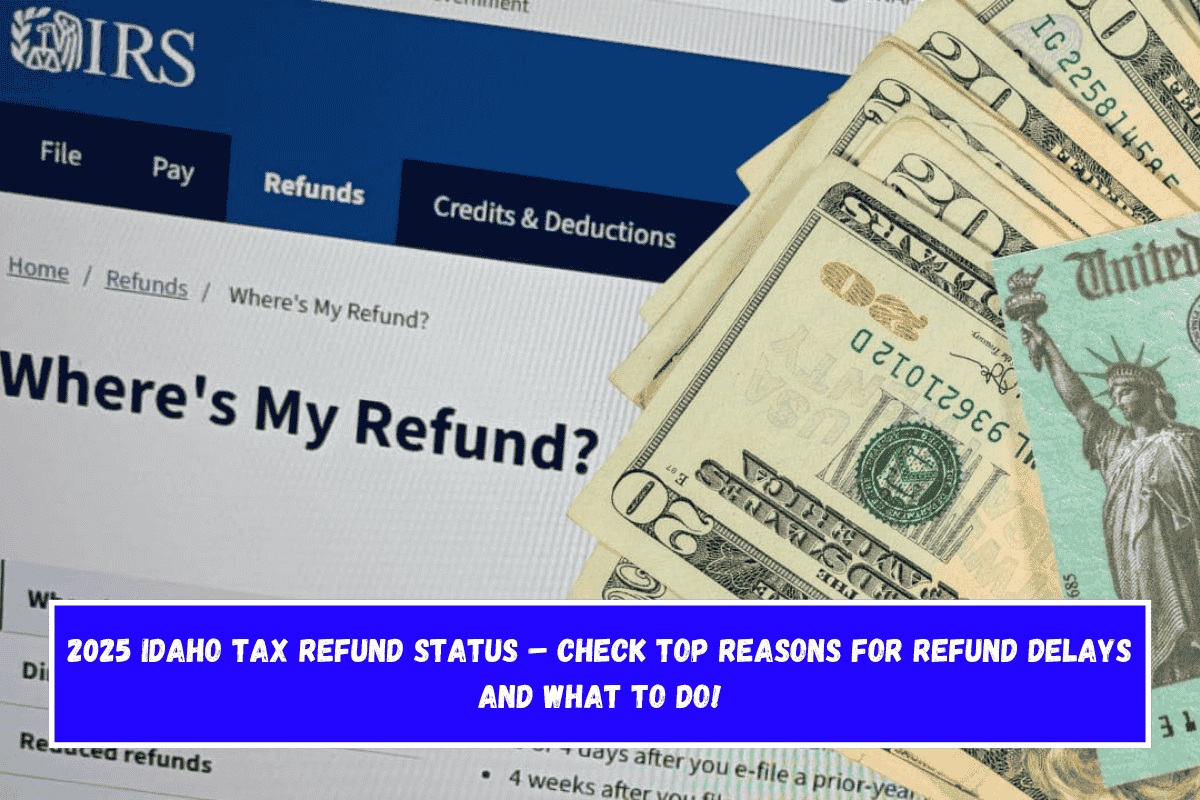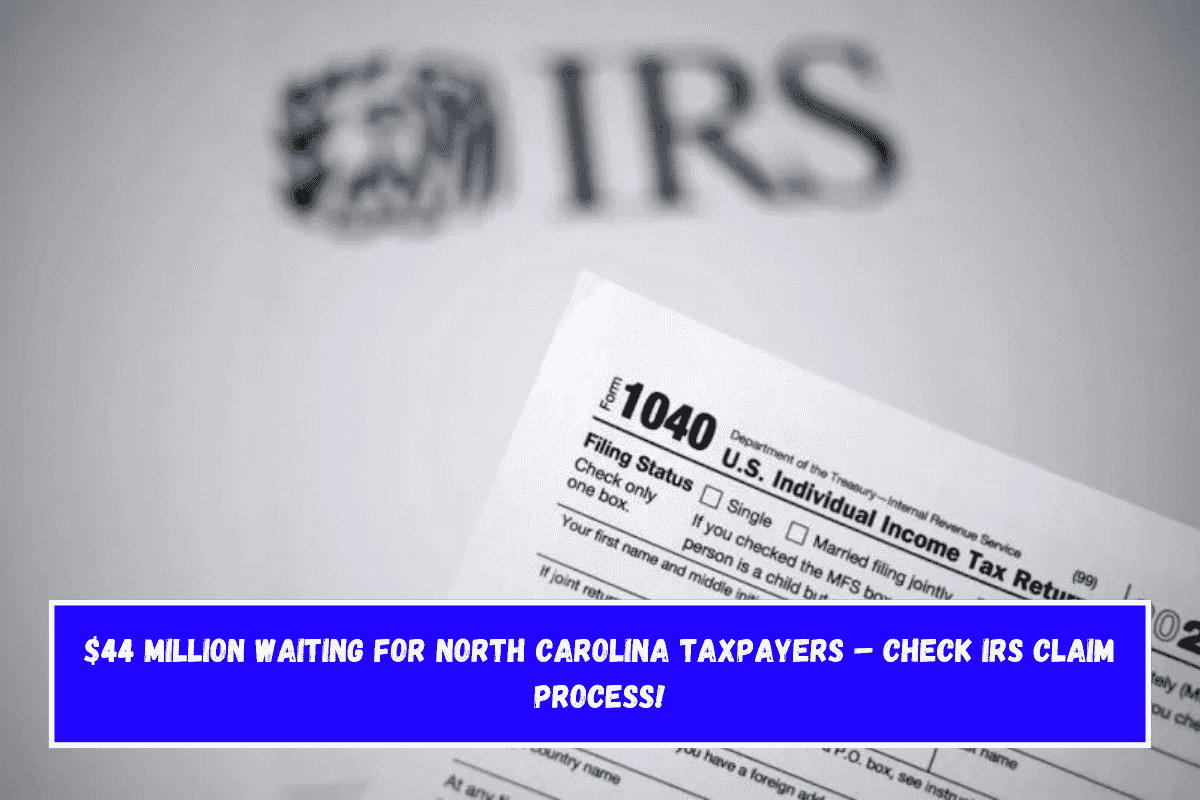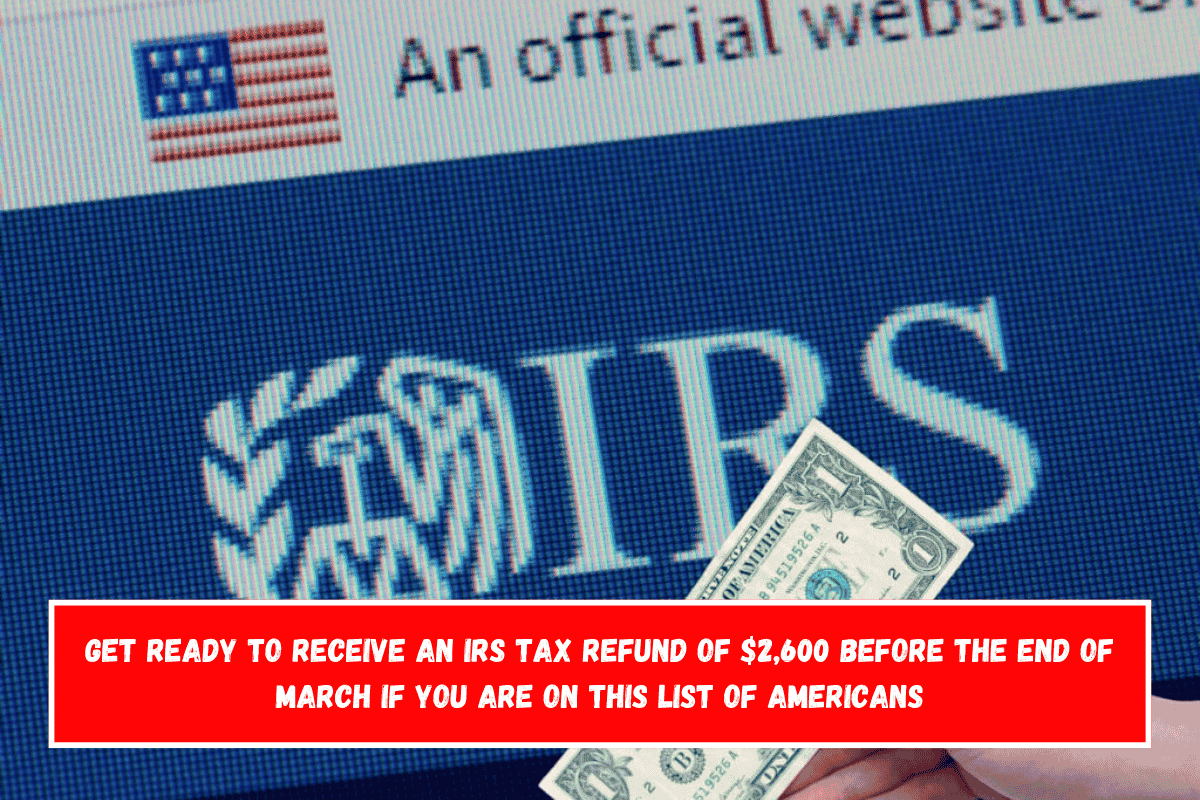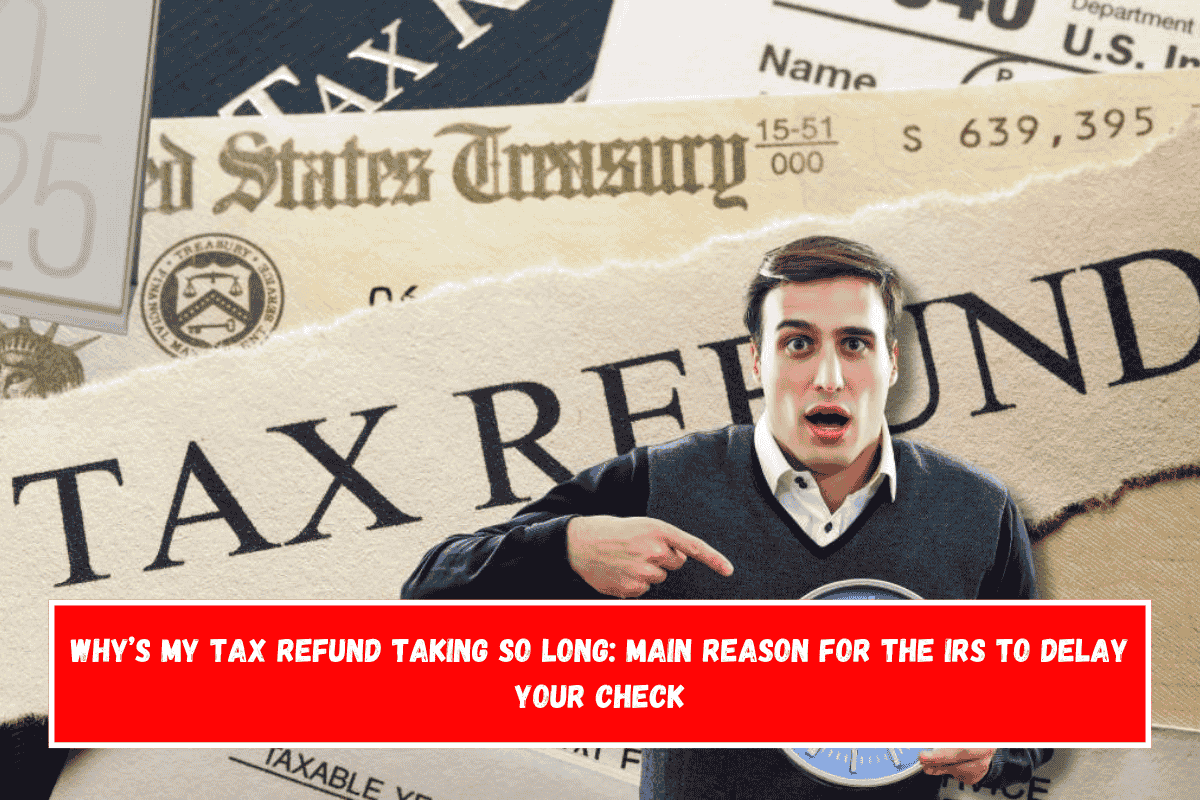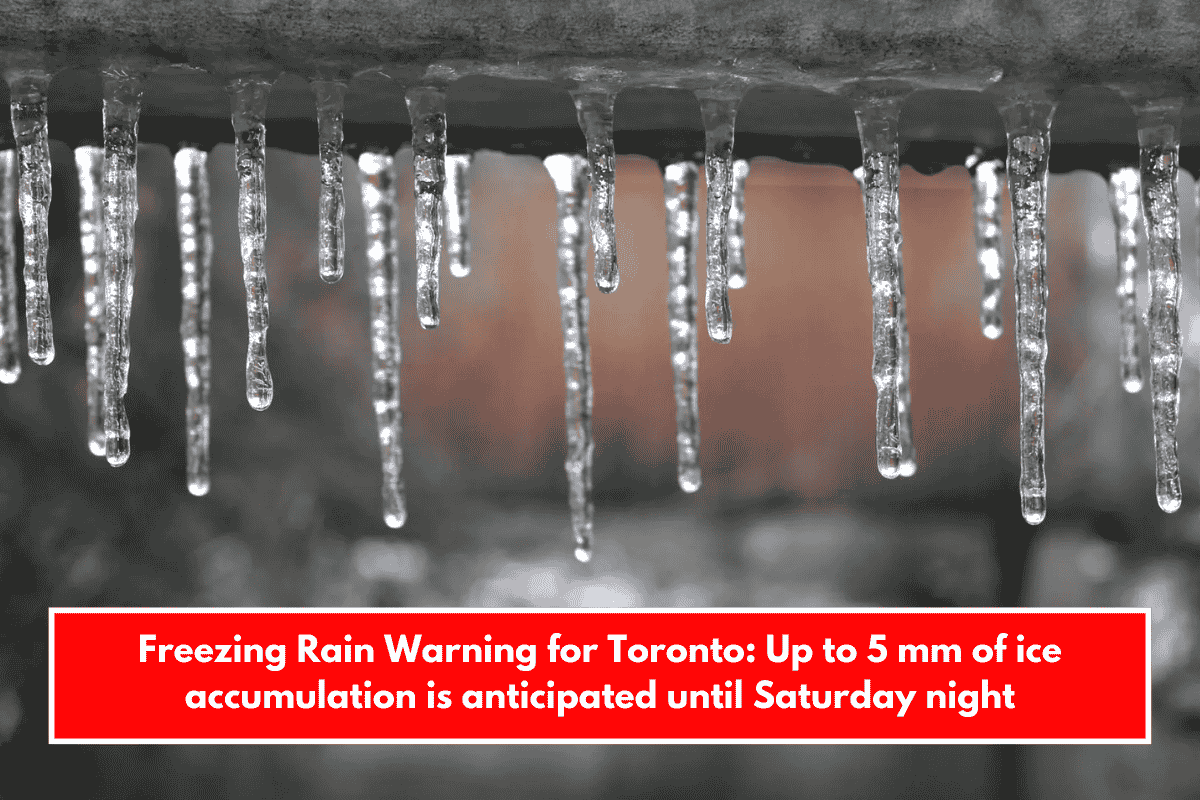In October, U.S. banks, including Bank of America, will enforce stricter rules regarding damaged bills. This change is aimed at improving the financial system’s security and preventing the spread of fake money.
From now on, bills that are torn, faded, or wet will no longer be accepted at banks, ATMs, or businesses. It is important for everyone to check their cash carefully before using it, as even slight damage could cause it to be rejected.
Reasons Behind the New Bill-Handling Rules
These changes are being made because of the ongoing problem of counterfeit money. Fake bills cost U.S. businesses thousands of dollars every year.
By eliminating damaged bills from circulation, the government hopes to make it easier to spot fake money. This should help businesses and customers have more trust in the real U.S. dollar and make it harder for counterfeiters to succeed.
A Nationwide Change for Safer Transactions
It’s not just Bank of America that is adopting these rules. Banks and stores across the country will also follow similar guidelines.
The goal is to remove damaged money from circulation more quickly to prevent issues when people try to buy or sell things.
With this uniform method, businesses and financial institutions can handle money more safely, reducing the chances of damaged or fake bills getting lost or stolen.
What You Need to Know as a Customer
As a result of these new rules, customers will need to pay extra attention to their cash. Even small tears, fading, or other signs of damage could lead to problems when using money at a bank, ATM, or store.
If you have damaged bills, don’t worry — banks will still let you exchange them. However, you’ll need to do it in person at the bank during business hours.
ATMs will not accept damaged money, so be sure to check your bills carefully before withdrawing or spending them.
Tips to Avoid Problems with Damaged Money
To avoid problems with damaged bills, it’s important to check your cash regularly. Make sure there are no rips, fading, or wetness on the bills.
If you find damaged bills, exchange them at a bank before trying to use them for transactions. This way, you’ll be prepared and avoid any unpleasant surprises when paying or withdrawing money.
1. What will happen if I try to use a damaged bill?
Damaged bills, such as those with tears or fading, may be rejected by banks, ATMs, or stores. It’s important to check your money carefully before using it.
2. Can I still exchange damaged bills?
Yes, you can exchange damaged bills at a bank, but you’ll need to do this in person. ATMs won’t accept damaged bills.
3. Why are banks rejecting damaged bills?
The new rules are designed to help prevent counterfeit money from circulating. Damaged bills make it easier for fake money to blend in with real currency.
4. What counts as a damaged bill?
Bills with rips, cuts, fading from age, or water damage will be considered damaged and may be rejected.
5. How can I avoid problems with damaged bills?
Make sure to check your cash regularly for any damage. If you find damaged bills, exchange them at the bank before trying to use them.

